Chapter 1. Erikson's Stages of Psychosocial Development
Learning Objectives

Identify the eight stages of Erikson’s theory of psychosocial development.
Describe the main developmental task or challenge at each of Erikson’s psychosocial stages.
Review
Review
Select the NEXT button to continue with the Review.

1. Erik Erikson proposed that as we develop, we pass through eight stages in life, each one loosely associated with a particular age, and each with its own developmental task, or challenge. Psychosocial development is cumulative, in that each stage builds on the successes or failures of the previous stages.
Review
Review
Select the NEXT button to continue with the Review.
2. In infancy, the challenge is to develop a basic sense of trust through a secure relationship with the caregiver.

Review
Review
Select the NEXT button to continue with the Review.
3. Toddlers rebel against the caregiver in order to gain some autonomy and control, while preschoolers expand on this and develop their own initiative to plan and carry out tasks.


Review
Review
Select the NEXT button to continue with the Review.
4. School-age children need to develop a sense of competence (what Erikson called “industry”) in mastering the challenges of life outside the home.

Review
Review
Select the NEXT button to continue with the Review.
5. Teens struggle to develop their own identity and find their role in life.

Review
Review
Select the NEXT button to continue with the Review.
6. Young adults need to develop intimacy and love in close relationships—the capacity to express love and warmth and to accept this from others.

Review
Review
Select the NEXT button to continue with the Review.
7. In middle adulthood, people find ways to express their generativity by making a contribution to family and society. A concern for future generations helps keep them from turning inward and stagnating.

Review
Review
Select the NEXT button to continue with the Review.
8. In late adulthood, people look back on their lives and attempt to develop a sense of integrity (or wholeness) and satisfaction in a life well lived.

Practice: Exploring Erikson’s Stages
Practice: Exploring Erikson’s Stages
Roll over each photo to see what stage of psychosocial development is linked to that age group.
0 to 1 year
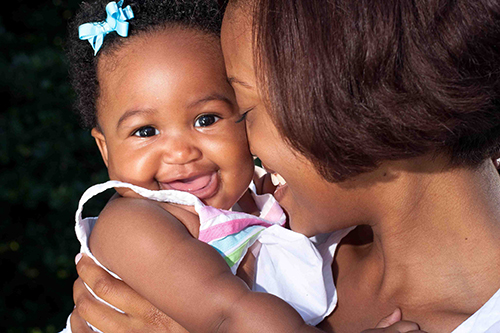
1 to 2 years

3 to 5 years
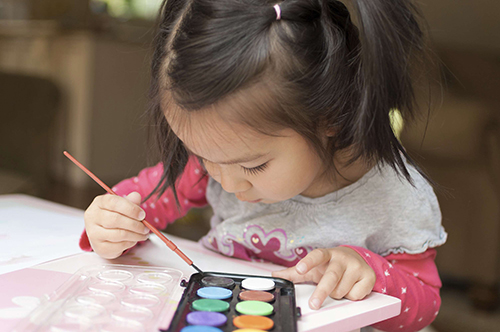
6 years to puberty
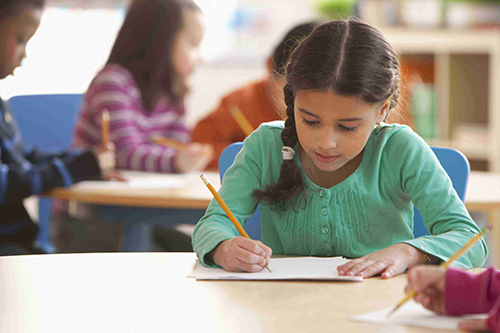
Teen years into 20s

20s to early 40s

40s to 60s
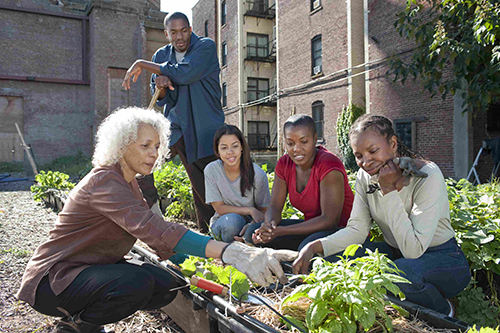
From late 60s on
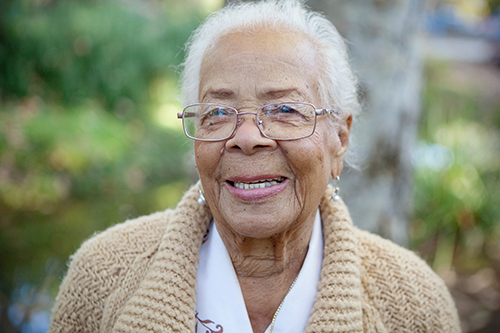
Trust vs. mistrust: If needs are dependably met, infants develop a sense of basic trust.
Autonomy vs. shame and doubt: Toddlers learn to exercise their will and do things for themselves, or they doubt their abilities.
Initiative vs. guilt: Preschoolers learn to initiate tasks and carry out plans, or they feel guilty about efforts to be independent.
Competence vs. inferiority: School-age children learn the pleasure of mastering tasks, or they feel inferior.
Identity vs. role confusion: Teenagers develop a sense of self by testing roles and then integrating them to form a single identity, or they become confused about who they are.
Intimacy vs. isolation: Young adults struggle to form close relationships and gain the capacity for intimate love, or they feel socially isolated.
Generativity vs. stagnation: In middle age, people discover a sense of contributing to the world, usually through family and work, or they may feel a lack of purpose.
Integrity vs. despair: When reflecting on their past, older adults develop a sense of satisfaction with the course of their life, or they feel like their life was a failure.
Quiz 1
Quiz 1
Drag each stage label to the gray area on the appropriate photo. When all the labels have been placed, select the CHECK ANSWER button.
0 to 1 year

1 to 2 years

3 to 5 years

6 years to puberty

Teen years into 20s

20s to early 40s

40s to 60s

From late 60s on

Quiz 2
Quiz 2
Match the names of Erikson’s developmental tasks with their descriptions by dragging each colored circle to the appropriate gray circle. When all the circles have been placed, select the CHECK ANSWER button.
Conclusion
